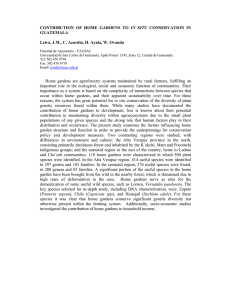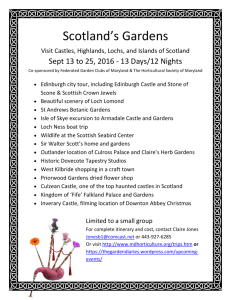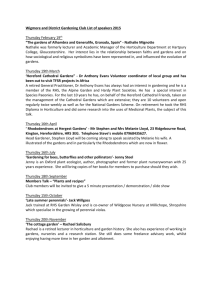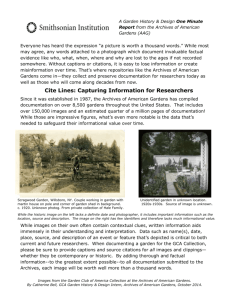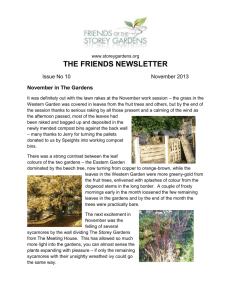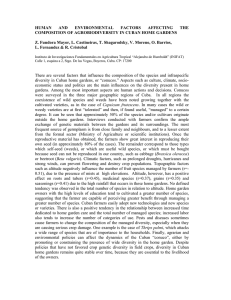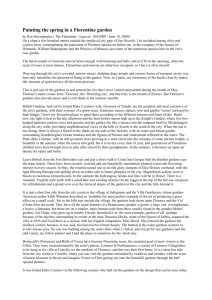Biological Surveys in National Trust Gardens
advertisement
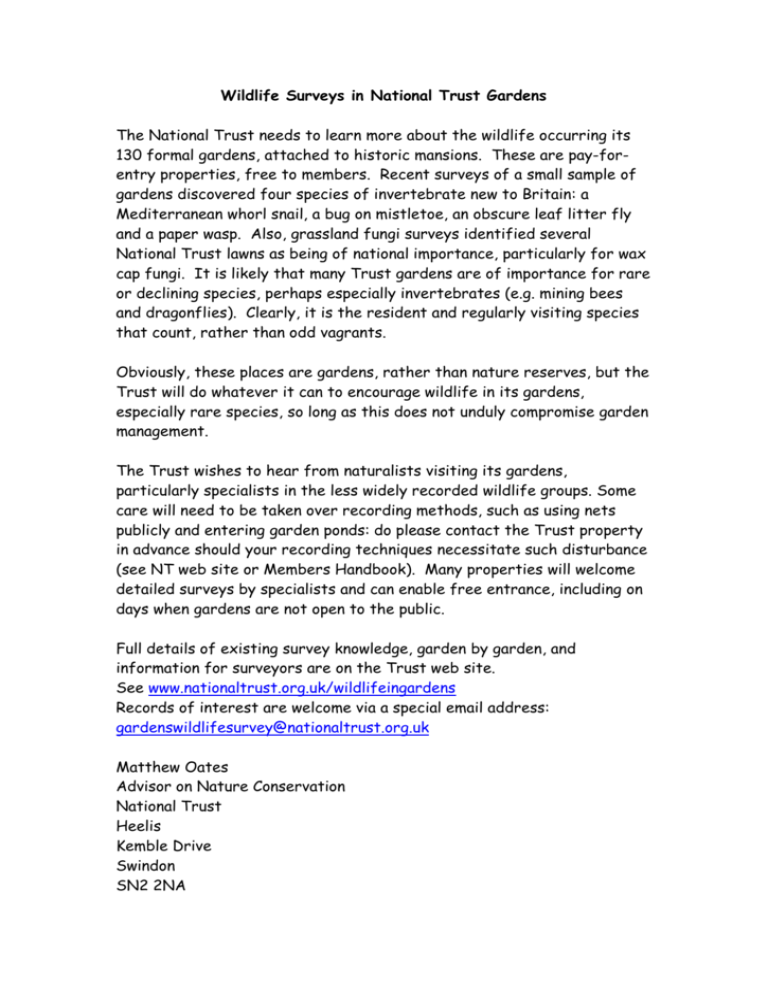
Wildlife Surveys in National Trust Gardens The National Trust needs to learn more about the wildlife occurring its 130 formal gardens, attached to historic mansions. These are pay-forentry properties, free to members. Recent surveys of a small sample of gardens discovered four species of invertebrate new to Britain: a Mediterranean whorl snail, a bug on mistletoe, an obscure leaf litter fly and a paper wasp. Also, grassland fungi surveys identified several National Trust lawns as being of national importance, particularly for wax cap fungi. It is likely that many Trust gardens are of importance for rare or declining species, perhaps especially invertebrates (e.g. mining bees and dragonflies). Clearly, it is the resident and regularly visiting species that count, rather than odd vagrants. Obviously, these places are gardens, rather than nature reserves, but the Trust will do whatever it can to encourage wildlife in its gardens, especially rare species, so long as this does not unduly compromise garden management. The Trust wishes to hear from naturalists visiting its gardens, particularly specialists in the less widely recorded wildlife groups. Some care will need to be taken over recording methods, such as using nets publicly and entering garden ponds: do please contact the Trust property in advance should your recording techniques necessitate such disturbance (see NT web site or Members Handbook). Many properties will welcome detailed surveys by specialists and can enable free entrance, including on days when gardens are not open to the public. Full details of existing survey knowledge, garden by garden, and information for surveyors are on the Trust web site. See www.nationaltrust.org.uk/wildlifeingardens Records of interest are welcome via a special email address: gardenswildlifesurvey@nationaltrust.org.uk Matthew Oates Advisor on Nature Conservation National Trust Heelis Kemble Drive Swindon SN2 2NA




